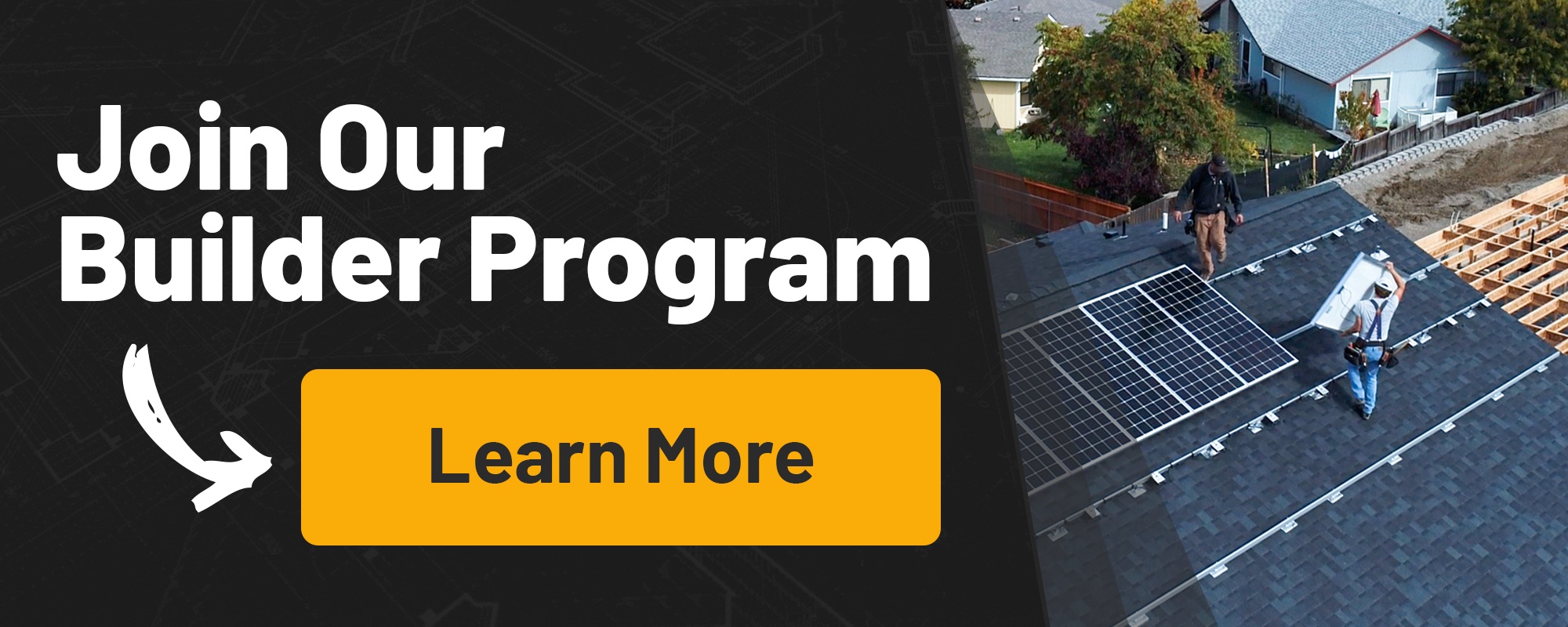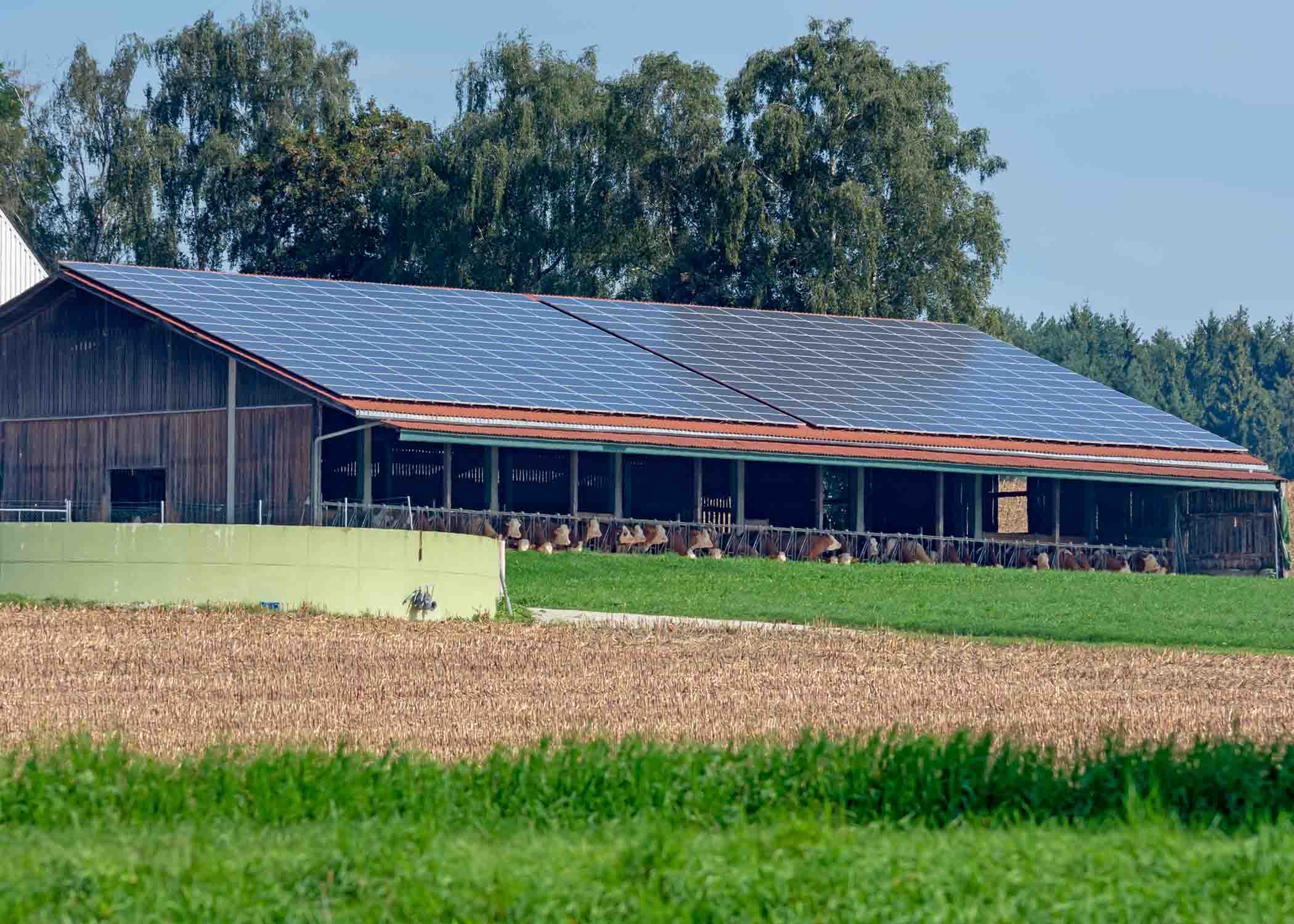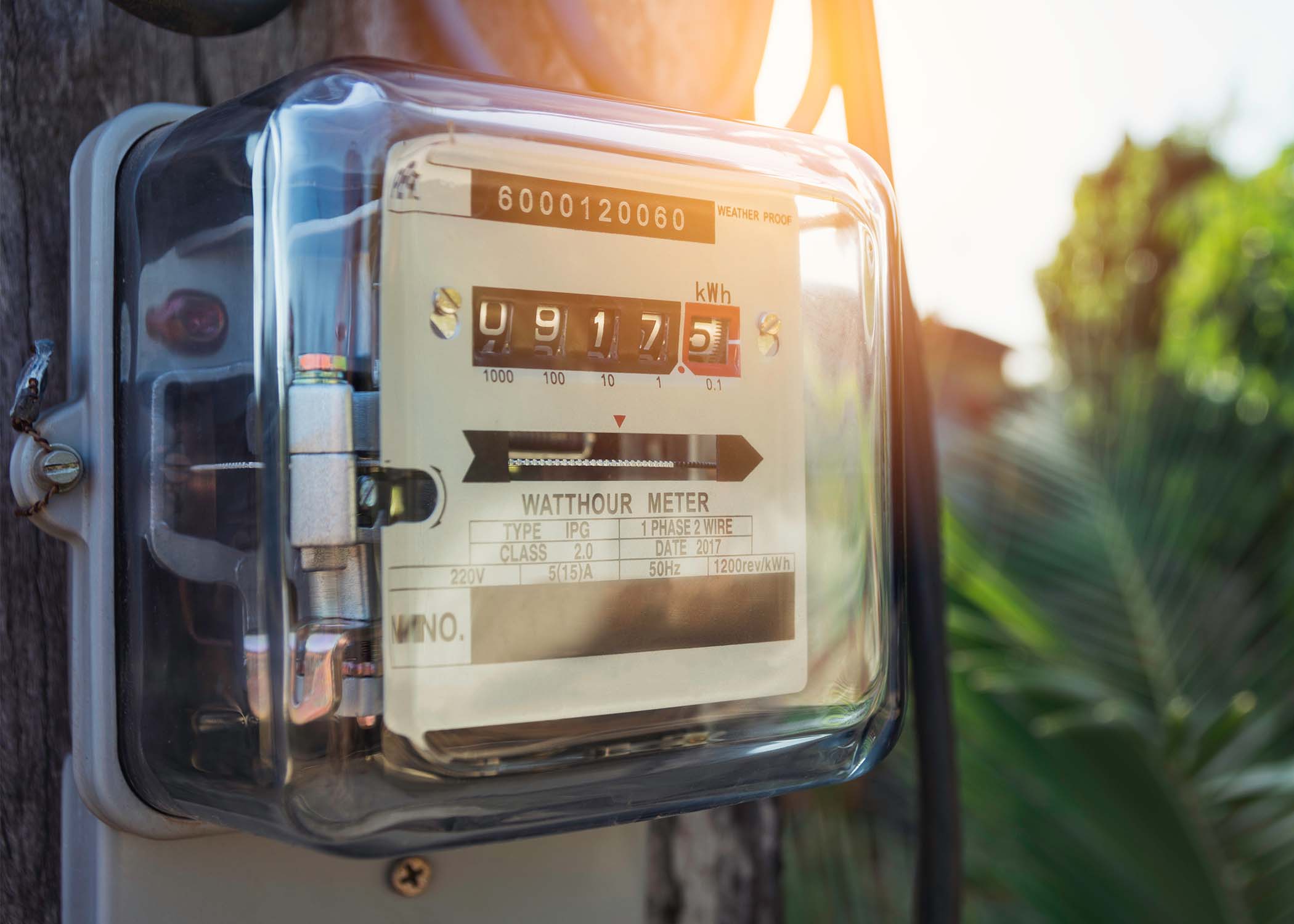Integrating solar technology is a relatively new concept in the US.
And now it’s poised to go viral.
If you’re a builder in the Golden State, you’re well aware that as of 2020, California requires all new homes and apartment buildings less than three stories high to have solar as an electricity source.
But you’re not alone.
Other states, including Arizona, Colorado, Hawaii, Nevada, and New Mexico, are considering adopting similar policies.
You may be thinking, “Yasss! I cannot wait to ride this green energy wave.”
Or you may feel like, “Oh, —-. I’m overloaded with a thousand more important things. Only Obi-Wan can save me.”
In either case, you may have wondered:
- How must solar equipment be integrated into a new build?
- How expensive are solar panels?
- How are they installed?
- Do I need to hire solar experts?
- Where’s Obi-Wan when you need him?
No need for our beloved Jedi Master. We’ve got your back.
As a builder, solar is an excellent opportunity to increase your profits whether you live in California or Kansas:
- Attract more buyers to your homes
- Increase profits by a minimum 4.1% per home
- Sell your homes 20% faster
- Put money in your pocket with federal and local tax incentives
Let’s dive right in!
How Expensive Are Solar Panels for Builders?
There are two different costs for solar panels: 1) the cost to the builder and 2) the expense to the customer.
As of 2021, it’s estimated that homeowners pay between $17,153 and $31,843 for solar panel systems. Customers can expect to pay an average of $3 per watt, including labor and equipment.
Thankfully, you (as the builder) can expect to pay wholesale prices of approximately 50% of these estimates.
Keep in mind that if your customers purchase the equipment, they’re eligible for the 26% Federal Solar Tax Credit. Yet, if a third party does, they receive all the credit (trust us, this is a financial prize you don’t want to give away!).
California has implemented regulations on how much a customer can pay upfront for the system. The law states customers cannot pay more than $1,000 to start for the system installation and equipment.
In such cases, you must offer customers financing options that allow them to spread out payments over a certain period of time. You can set the terms, but financing options must be available.
What Are the Benefits of Solar for Builders?
Falling in the category of great news, a 2015 study found that potential buyers are willing to pay top dollar for homes equipped with solar technology.
Even if you market a home as being “solar-ready,” you could attract more buyers and make at least 4% per home in profit.
What’s more, offering this feature can give you an edge over other home builders.
Who doesn’t like the sound of that?

Are There Any Financial Incentives?
Some cities offer financial benefits for home builders who use solar panels in projects. Yet, the greatest benefits are reaped when you lease panels to customers.
Note: We only recommend this if your buyer cannot use the 26% Federal Tax Credit. Otherwise, they should roll the system cost into their mortgage. Check it out here.
Under lease agreements, the builder owns the equipment and is eligible for tax benefits and incentives. Again, this will put more money in your pocket.
You can also explore other benefits available to you by searching the Database of State Incentives for Renewables and Efficiency website.
Can My Construction Crew Install Solar Panels?
Here’s the only temporary hiccup: most construction generalists are not equipped to install solar panels.
To install energy systems, you need proper training.
So, if you have several solar installation projects, you’re financially much better off getting your own workers trained to complete the installation yourself.
You can save you an average of $5,000 per home, which compounds over time and can make solar work in your favor after adding up all additional margin solar brings to your home value.
How Do I Find Installers?
If you decide against having your workers trained, you’ll need to partner with qualified installers in your area.
You may need multiple installers.
In that case, ask around for references to find skilled professionals. You can also search online to see which companies in your area employ qualified workers.
Pro Tip: Perform background and employer reference checks before hiring an installer. Completing a solar installation is a significant responsibility and should not be handled by the first person you find without proper vetting.
Doing your research to hire a quality, dependable worker will pay off.
Otherwise, you could be financially or even legally responsible for any mistakes your workers make if they’re not properly trained. Save yourself future headaches and work with licensed solar technicians.
What Are the Considerations for an Installation?
If you’ve decided to get your workers trained, smart move.
There are a few things to keep in mind when installing solar panels.
The installation should not be rushed (haste makes waste, which will hurt your bottom line). Allow at least 1 full day for the entire process.
How Do You Connect Panels to the Grid?
Now, we’re cruising towards the finish line!
The last step in the process is connecting the grid-tie solar system to the electrical grid.
To do this, you’ll need an agreement with the local utility company.
Utility companies have different requirements for agreements based on the area, so check with your local company. Generally, utility providers want to know the specifications of the solar panels, and they may request to inspect the system once it’s installed.
Before your workers begin the install, reach out to the local utility company and get the information you need.
You can connect the system to the local grid once you have an agreement in place. You may need an agreement for each new build, or the utility company may allow you to have one overarching contract for all projects.
How Expensive Are Solar Panels with Unbound Solar?
At this point, you may be wondering how much solar is going to cost you.
We’re here to eliminate all your headaches!
At Unbound Solar® we know firsthand the significant investment involved with installing solar into a new home.
We want to make it easy for you and can provide you a dedicated, experienced installation professional and provide onsite training to your crew and trusted subcontractors.
After the first training installation, most of our builders have their subcontractors do the installation at considerable cost-savings.
Contact us today to discover solutions for your company!



